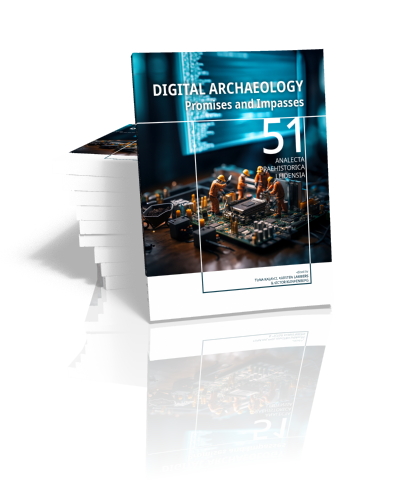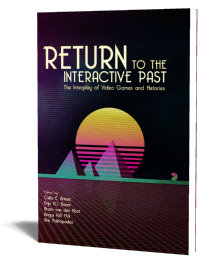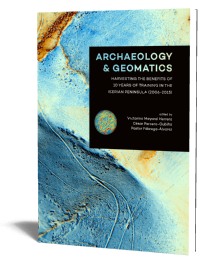Abstract:
Archaeology has gone digital for some time now! Topics such as GIS databases, 3D models, drone photography, meta- and para-data, semantic mapping, text mining, simulation, and social network analysis have become commonplace in archaeological discourse and practice. Digital and technological advancements seemingly offer limitless promises for data recording, analysis and dissemination. Yet, after several decades of innovation, we must ask ourselves which of these promises are actually fulfilled, and which persistent impasses are present. Today, some reflexive questions are more important than ever. In particular, when, how and why do our innovative archaeology tools fail? Do we approach our archaeological projects with a digital wand and (implicitly or explicitly) expect a magical solution? And when there is indeed a digital solution, at what expense does it come?
In this volume, scholars and practitioners in the field discuss the state of the art, as well as the promises and impasses that digital approaches to archaeology entail. The authors discuss the current state of teaching digital archaeology, the societal impact of digital innovations, current issues in archaeological data management, promises and limitations of isotopic research and remote sensing techniques, and why subfields such as agent-based modelling and serious gaming struggle to keep momentum.
Contents
Introduction: Leiden Perspectives on Digital Archaeology
Karsten Lambers
Metaphors, Myths, and Transformations in Digital Archaeology
Tuna Kalaycı and Piraye Hacıgüzeller
Data Exchange Protocol in Dutch Archaeology
Milco Wansleeben, Walter Laan and Ronald Visser
Digital Data Integration in Mediterranean Field Survey Archaeology: Status Quo and Future Perspectives
Tymon de Haas and Martijn van Leusen
Isotopes, Isoscapes, and the Search for Geographic Origins: Unrealized Potential or Unrealistic Expectations?
Jason E. Laffoon and Till F. Sonnemann
From the Jungle to the Lab: Using Remote-Sensing and Deep Learning to Map Archaeological Features in Lab-based Settings
Sarah Klassen, Tommaso Pappagallo and Damian Evans
Bibliometric Analysis of Agent-Based Simulation in Archaeology: People, Topics, and Future Prospects
Iza Romanowska and Fulco Scherjon
Critical Miss? Archaeogaming as a Playful Tool for Archaeological Research and Outreach
Aris Politopoulos and Angus Mol
Reflections
Rachel Opitz


Dr.
Tuna Kalaycı
Tuna Kalaycı is an assistant professor of computational archaeology. His main quantitative interests are remote sensing, data analysis, and modelling. He also tackles questions of landscape archaeology and (ancient) cities. In particular, he focuses on productive landscapes, landscapes of movement, walking/walkability and neighbourhoods. His work also aims to positively challenge modern concepts, such as digitalisation, machine automation and smart cities. He is affiliated with the SAILS Initiative. He is a member of the Kerkenes Project, working on Iron Age urban dynamics.
read more


Dr.
Karsten Lambers
Karsten Lambers is an associate professor and head of the Digital Archaeology research group at the Faculty of Archaeology, Leiden University. His research considers computational methods (e.g., Machine Learning) that enable the (semi-) automated extraction of meaningful archaeological entities from large bodies of digital data from different sources as a starting point for archaeological analysis and heritage management. Examples include the detection of burial mounds in LiDAR data and the detection of archaeological concepts in excavation reports. He also conducts multi-proxy analysis of human-environmental interaction with a focus on settlement patterns and resource use.
read more


Dr.
Victor Klinkenberg
Victor Klinkenberg is post-doctoral fellow at the Archaeological Research Unit of the University of Cyprus. He investigates social structures in the past through the analysis of the construction and use of domestic space. He specializes in techniques from digital archaeology (3D GIS, spatial analysis) and geoarchaeology (micromorphology). His PhD was on reconstructing activities at the LBA settlement at Tell Sabi Abyad, Syria, part of the ERC project Consolidating Empire (dunnu.nl). Afterwards he held a post-doc research position, and a lectureship teaching in the BA and MA Archaeology at Leiden University.
read more













